Using containers to grow plants is a wonderful method of doing so. It has been the only method for people living in apartments and condominiums to grow their food in many cases. Gardening has also taken on a more modern look, thanks to containers. A formerly deemed boring and conventional environment can now be given life and personality by employing uncommon plants in unconventional containers and pots. Let’s check out more information about Georgia container gardening below.
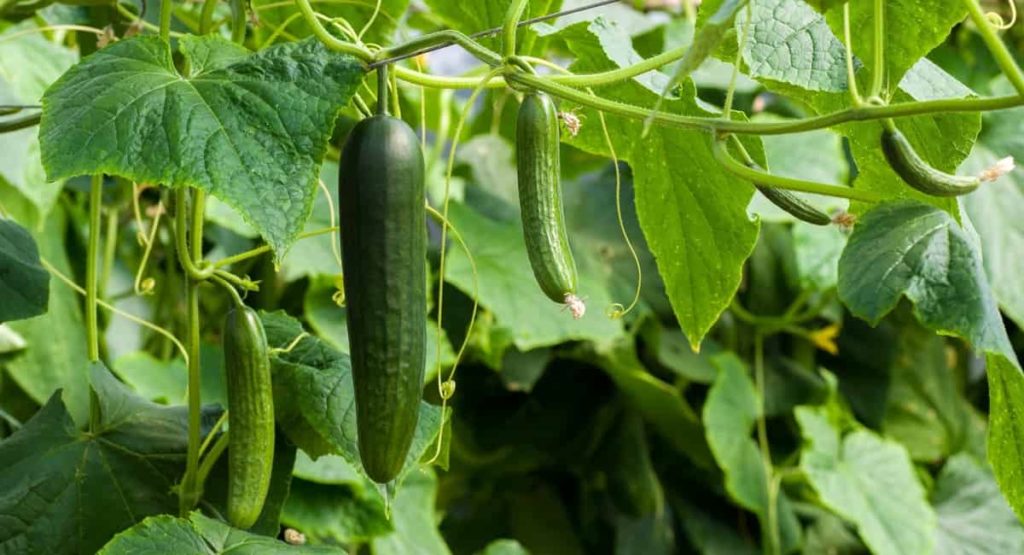
This gardening is rewarding for those with a patio, deck, or balcony. Using container plants in these areas adds the perfect amount of contrast and intrigue. Make the atmosphere seem more comfortable and complete with these items. Container gardening also benefits from mobility and flexibility. You can put spring bulbs, summer annuals, and autumn flowering biennials on show in your garden as soon as they’re in season. The attractiveness of a beloved spot can be enhanced by simply moving seasonal plants around.
This article explores topics such as the best container plants for Georgia, how to start container gardening, and types of container gardening, give details on a few container garden ideas and demonstrate to you how to grow a variety of plants in containers in Georgia, including fruits, vegetables, herbs, and flowers. Many cities in Georgia, such as Atlanta, Savannah, Augusta and Athens, have emerged as focal centres for container gardening in Georgia. This information is directed to the people living in Georgia who are eager to start container gardening.
USDA hardiness zones of Georgia
This southern state has a typical climate for the south-eastern United States. Georgia is one such state. Georgia enjoys mild winters, lovely spring and fall, and hot, long, rainy summers. The highlands may get 75 inches of rain a year, while the southern plains receive approximately 50 inches. Georgia has 217 sunny days each year, more than the national average of 205.
Planting zones in Georgia vary from 6a to 9a, with the southern part of the state being the warmest of the two halves of the state. Therefore, before determining what to plant in a garden, it is vital to know where you live. Plants have a lower likelihood of survival and production if you don’t choose ones that will flourish in your region and don’t account for weather patterns and the first and final freezes.
With a Planting Zone Map, you can ensure that you’re in the correct Georgia growing zone. Planting a garden when there is a potential for failure is a waste of time, money, and effort. Instead, a vast, beautiful, fruitful garden can be yours by learning about Georgia’s planting zones for many years. The planting zones of Georgia are ideal for a wide range of plants. Flowers native to the state or maybe grown there include bachelor buttons, cockscomb, cosmos, petunias, and verbena.
A vegetable garden should be planned for a spring or late summer harvest, depending on what you want to grow. Rutabaga, onions, spinach, and other winter crops thrive in Georgia’s growing zones. More than only broccoli and cauliflower may be grown in spring gardens. Several vegetables will thrive in both the spring and fall planting seasons.
Georgia container gardening: Steps to grow plants in containers
Select an ideal container for your plants
Consider the container’s location to buy one that is the appropriate size, shape, design, and material. Large-scale pots have the potential to become the focus of interest in a garden. Of course, you should choose a colour and finish that will go well with the plants, but you should also consider how the pot will appear in the winter when landscapes are often drab and bare.
In case you missed it: Virginia Container Gardening: How to Start with Vegetables, Flowers, Herbs, and Fruits
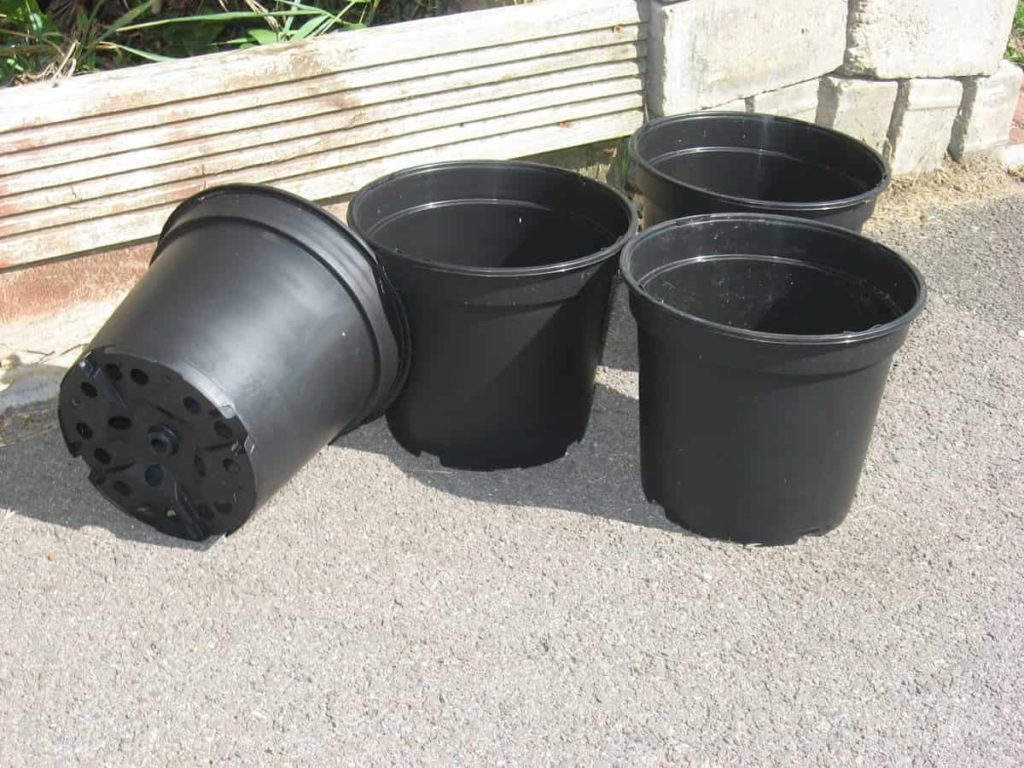
And choose a modern or classic design that complements the environment in which it will be placed, such as a relaxed cottage garden, a formal boxwood garden, or a desert rock garden. Next, determine the purpose of the space: will it be a water garden, a garden filled with annuals in pots, a single shrub or tree, or something else entirely? When in doubt, choose the side of making the hole bigger so that you can accommodate root balls and growth.
Check to see whether the container already has a drainage hole or if you will be able to drill one into it. When one is preoccupied with the appearance of something, it is simple to forget something obvious at first glance. Because mosquitoes are attracted to standing water, you should steer clear of saucers unless you want to risk water spilling out onto other surfaces.
Select an ideal potting mix for your plants
Always use potting soil if you are planting anything in a container. This soil is not soil at all; rather, it is more of compost with an excellent drainage level. Certain potting soils even include extra fertilisers and nutrients that will continue to provide for your plant’s needs for up to half a year. If you take any of these, you must wait until all of the available nourishment has been consumed before adding any more supplements.
When caring for transplants, steer clear of garden soil and seed starting mixtures. The soil in gardens is often more compact and does not drain water well, resulting in root rot and plant disease. Unfortunately, the seed starting mix suffers from the opposite issue: it drains too rapidly. The mixture should drain considerably more slowly because it is designed for early seedlings sensitive to too much moisture.
In case you missed it: Ohio Container Gardening: How to Start with Vegetables, Flowers, Fruits, and Herbs
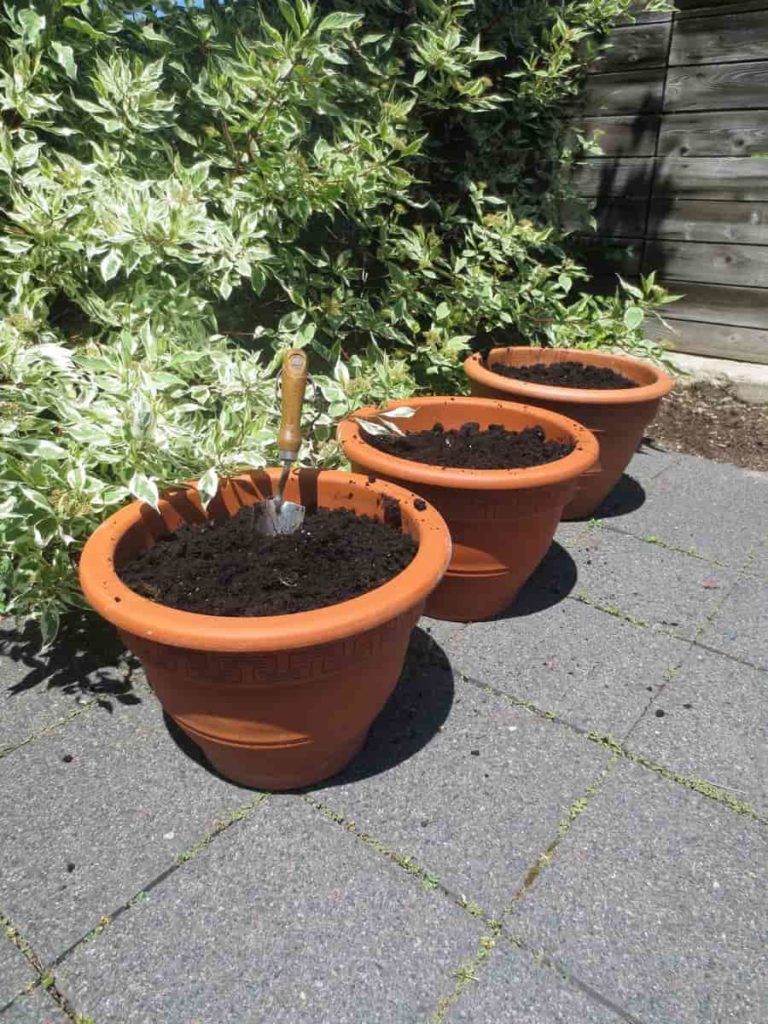
Sunlight requirements for your container plants
Sunlight is essential for plant growth, and many species need far more of it than you would imagine. Find out how much light your area gets and how you can best take advantage of it before deciding what to put in your garden. For example, to flower and produce fruit, vegetables require between six and eight hours of sunshine each day, although many types of herbs can still produce many harvests even with just four to six hours.
Tomatoes, peppers, and cucumbers do best in south or west locations since these aspects get the most sunshine; nevertheless, herbs do well in locations that face either the north or the east. Keeping this in mind, don’t be scared to use your imagination! For example, if you have a patio or balcony that faces west, you can create some shade from the afternoon sun by trellising a squash plant along one side.
Consider the size of your container plant
In addition to thinking about how big a plant will become and how quickly it will develop, you also need to think about the size of the plants that will be going into the containers themselves. If you start with plants that come in 6-packs rather than in 4-inch pots, you will need more plants overall. If you choose gallon-sized plants instead, you will need an even less number of plants. Plant tags will often contain spacing information.
This spacing refers to the recommended spacing for plants that are done in the ground. Nevertheless, you can utilise the information about the spacing as one method for determining the eventual size and vigour of the plant. Plants with a spacing suggestion for a lesser distance between them will generally be smaller and have less vigorous growth.
Plants recommended having bigger space between them are almost always larger and have a stronger growth rate. So you can use that information to assist you in determining the number of plants that have to be included inside your planters.
Planting of your container plant
It is time to begin arranging the plants inside the planter now that you have established the total number of plants that will fit within the container. When planting in a pot, it is recommended to allow a little gap between the container’s edge and the soil’s surface. A half an inch of the gap is sufficient when working with smaller containers, but one or even two inches of the room is recommended when working with bigger containers.
This is referred to as headspace, and it serves two purposes: first, it prevents the soil in the container from washing out, and second, it guides the water into the container. If there were no headroom in the container, the water would leak out of the top.
After adding some potting soil, it is time to begin arranging the plants inside the planter to look their best. First, allow a space of at least one to two centimetres between the edge of the plant’s soil and the edge of the container. This will allow the plant space to root out in all directions, which it needs. After that, you only need to arrange the plants so that each plant has some space to itself while the whole planter is still full.
Watering your container plants
Plants such as fruits, vegetables, and plants cannot live without water for an extended period, particularly in the Georgia summer heat. Watering your plants may be a daily need, but you can also go many days without doing so. Before you soak your plant, make a hole in the soil by inserting your finger approximately one and a half inches deep. It is necessary to water the plants if the soil is dry.
If the weather is hot and sunny and you will be gone for a few days, you can take a glass bottle with a narrow neck, fill it with water, and then stick the bottle’s neck down into the ground. This will delay watering your plants by up to two days, giving you some additional time between each session. Additionally, it is a fantastic way to use those difficult-to-recycle glass bottles.
Pests and disease management of your container garden
If you correctly manage your area, container gardening can protect your plants from several different diseases; but there is one thing that it cannot protect them from, and that is pests! Beneficial insects, such as lady beetles, lacewings, and assassin bugs, often have little trouble controlling pest populations in their natural environments.
On the other hand, if you keep your garden in a more isolated location, such as a porch or a balcony, it will be more difficult for these animals to locate it. However, you can expect that many insects and other pests won’t have any problem locating it! Pesticides should be avoided whenever possible; instead, you should manually handle pests by crushing on them, removing them, or soaking them in soapy water. Horticultural oil is an effective remedy for various pest problems, including those that affect containers.
Problems that occur while container gardening
For long-term benefits, container gardening is more convenient than tending a full plot of ground. As a result, many container gardeners wind up over-watering their plants. It’s difficult to tell the difference because both over-watering and under-watering can lead to wilting, discoloured leaves, stunted development, and ultimate plant death. Overwatering can be identified by the presence of fungus gnats, which are small black insects that swarm around plants or crawl over the soil.
After a few days of not watering the soil, your plants’ health should improve. Heat exhaustion is an additional issue. The roots of potted plants are more susceptible to temperature fluctuations. Plants in black pots commonly succumb to wilting in warmer weather because of the container’s high heat absorption. It’s possible to prevent this issue by placing your plant in a container that’s the right size. Perennial plants can eventually outgrow their initial pots and need “up-potting”.
New growth from thick, woody stems at the base of the plant or small and stunted leaves can indicate that your plant is under stress and needs a wider home. Ideally, you’ll want a pot half the size of the existing one. Next, add new soil to the new container to ensure that the plant has sufficient nutrients. If you water it properly, you’ll be amazed at how much your plant grows in the following several weeks!
Growing vegetables in containers in Georgia
Cabbage: Cabbage flourishes in Georgia’s chilly spring and autumn temperatures. Plant in early spring and harvest before the summer heat for the best cabbage. Cabbage is the most insect-prone vegetable. Aphids, mites, and other pests harm cabbage leaves and heads.
Beans: Growing beans in pots requires a lattice. Use a deep, hefty pot to minimise tilting and allow the roots area to anchor. Most kinds are fast-growing. Legumes fix nitrogen, making them a good partner for nitrogen-hungry plants like kale.
Peas: Peas grow quickly and produce plenty of fruit, like beans. Plant these in early April. Install a lattice for climbing when the plants are beginning to dry out in the summer. Peas fix nitrogen, so the soil is ready for summer vegetables like zucchini and cucumbers.
Carrots: Here’s another option for a cool-season houseplant. Carrots need a lot of water, but they do well in containers that get a variety of light conditions. Shallow pots work great for dwarf plants, but bigger plants need a deeper container. Again, begin with a seed and get the benefits throughout the season.
Cucumbers: Cucumbers and zucchini are pretty similar in structure and maintenance. Smaller-fruit varieties are the simplest to control in containers because of their smaller size and shape. Take care to ensure that your plants get enough sunlight and water.
Growing fruits in containers in Georgia
Strawberries: Planting strawberry plants in pots is a great idea. With containers, you don’t need a lot of room or huge pots for strawberries to thrive, and they’re also simple to care for. Strawberries can also be grown in warmer regions throughout the winter.
Apples: During Georgia’s spring and autumn, apple trees flourish. When grown in pots, dwarf apple trees can be placed on a balcony or small patio. It’s advisable to pick a self-fertile apple tree when working with a limited room.
Figs: Because figs thrive in Georgia’s mild temperate environment, it’s recommended to plant a fig tree in a container if you don’t have the room or reside in an area where the winters are severe. To grow your plant in a container, please choose a suitable type and ensure it gets enough sunlight. In addition, pruning and fertilising must be performed regularly.
Cherry: Bush cherry varieties are well-suited to growing in containers. Cherries prefer a moderate environment and a little water since they loathe having their feet wet. Nevertheless, the plant can be damaged by dehydration and temperature fluctuations, yet it does well in the winter. The soil must be well-drained and rich in organic matter for the cherry tree to grow healthily.
Pomegranate: Pomegranate is a juicy, healthy fruit that grows well in pots. Why? This shrub’s roots are shallow compared to huge fruit trees. If you’ve grown citrus in pots, pomegranates shouldn’t be hard. Pomegranates are cold-hardier than lemon trees.
In case you missed it: Singapore Container Gardening: How to Start with Vegetables, Fruits, Herbs, and Flowers
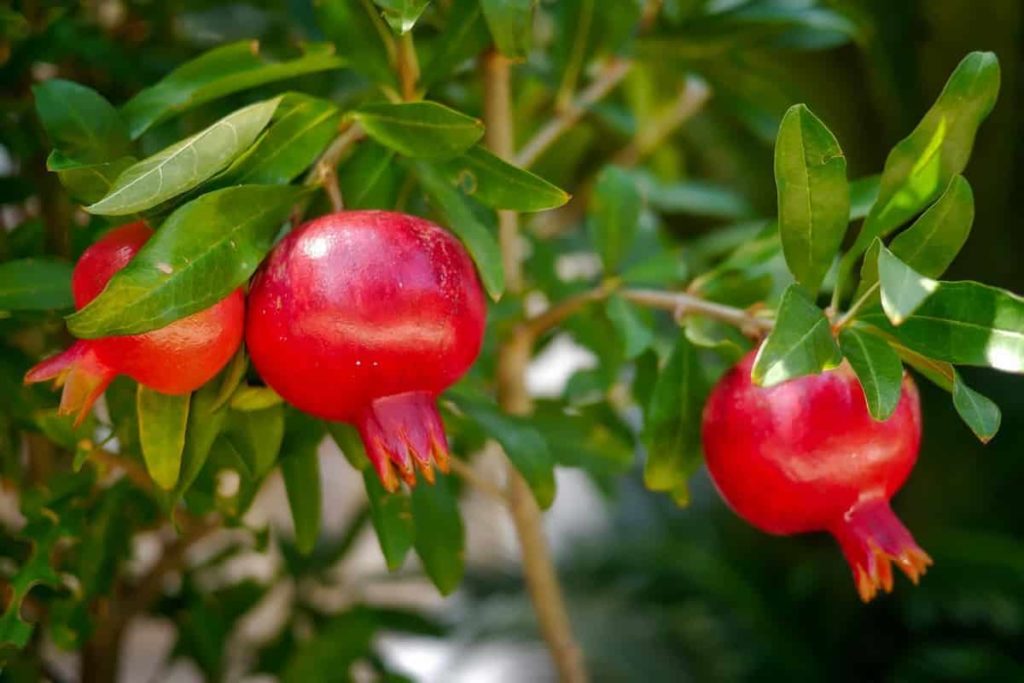
Growing herbs in containers in Georgia
Basil: After six weeks, the plant can endure brief periods of dryness. It can reach 2 feet tall, depending on the kind. Basil grows well in a 5-gallon container with parsley, thyme, and other herbs. Choose ‘Spicy Bush’ for small pots.
Chives: Chives are essentially small onions planted for their leaves and flowers. Plant in organic-rich, well-drained potting soil. They like full sun but will tolerate mild shade. Chives grow to 20 inches in containers. Georgians can leave them outside year-round.
Cilantro: Cilantro can be utilised for its sour leaves or crushed seeds. Plant in well-drained soil. Cilantro prefers the sun but tolerates shade. Its lengthy taproot requires a 12-inch-deep pot. Some variants reach 2 feet.
Mint: Mint is invasive unless contained in a pot. Plant it in full or partial sun. Mint thrives on good soil and full sun. It’s a perennial, although hardiness varies per variety. Some can grow 2 feet tall.
Oregano: Mediterranean cooking would be incomplete without oregano. This shrubby perennial thrives in Georgia in full sun and well-drained soil. The more sun oregano gets, the more flavorful the leaves get. Unfortunately, it is not tolerant of moist soil and can grow to a height of 2 feet.
In case you missed it: Florida Container Gardening: For Vegetables, Herbs, Flowers, and Fruits
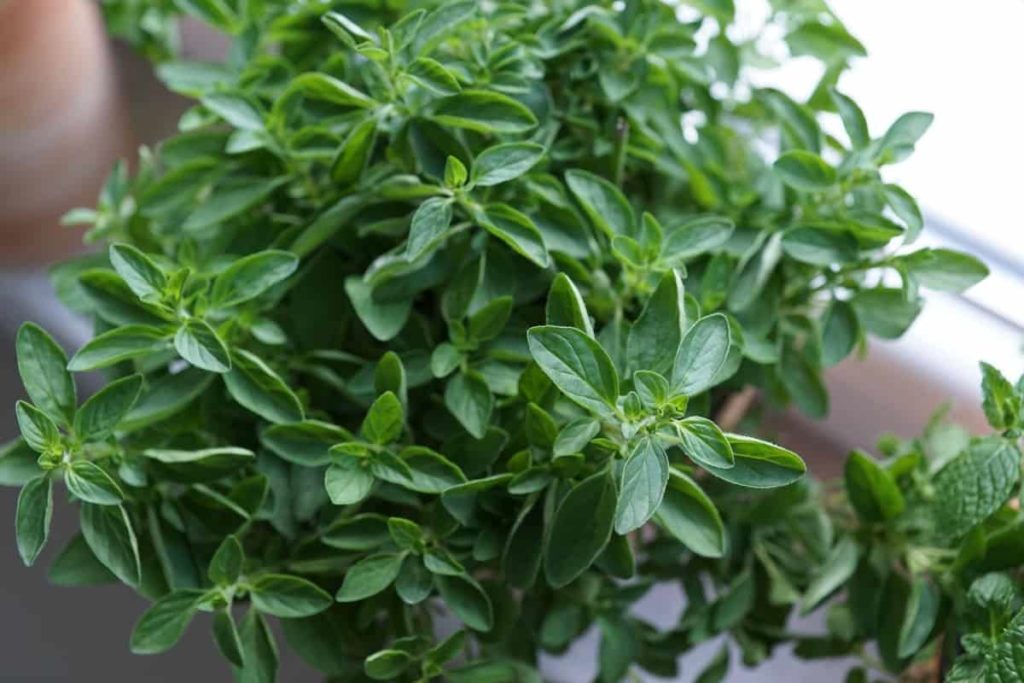
Growing flowers in containers in Georgia
Shasta daisies: It’s a perennial favourite. If you’ve ever driven through a field of wild daisies, this could be a good reminder of what they look like. However, it is bigger and has a more robust bloom than others. Shasta daisies bloom in 2 to 3 foot wide and 1 to 2 foot tall bunches. When growing them in containers, choose ones that will accommodate their eventual spread.
Petunias: Easy-to-grow and available in many colours and varieties, this classic flower is a huge hit. Some species perform well as ground cover, while others are ideal for use in pots and containers.
Pansies: Because of their slight growth, perennial pansies, also known as violas, are often grown as annuals. It’s well-known for its bright, joyful flowers that can withstand Georgia’s typical cold spells during the autumn and winter months.
Dahlias: Color your yard with these prickly, daisy-like flowers. Some may begin to perish if they are subjected to excessive heat.
In case you missed it: Easy Plants to Grow at Home in USA: For Containers, Backyard, Patio, and Indoors
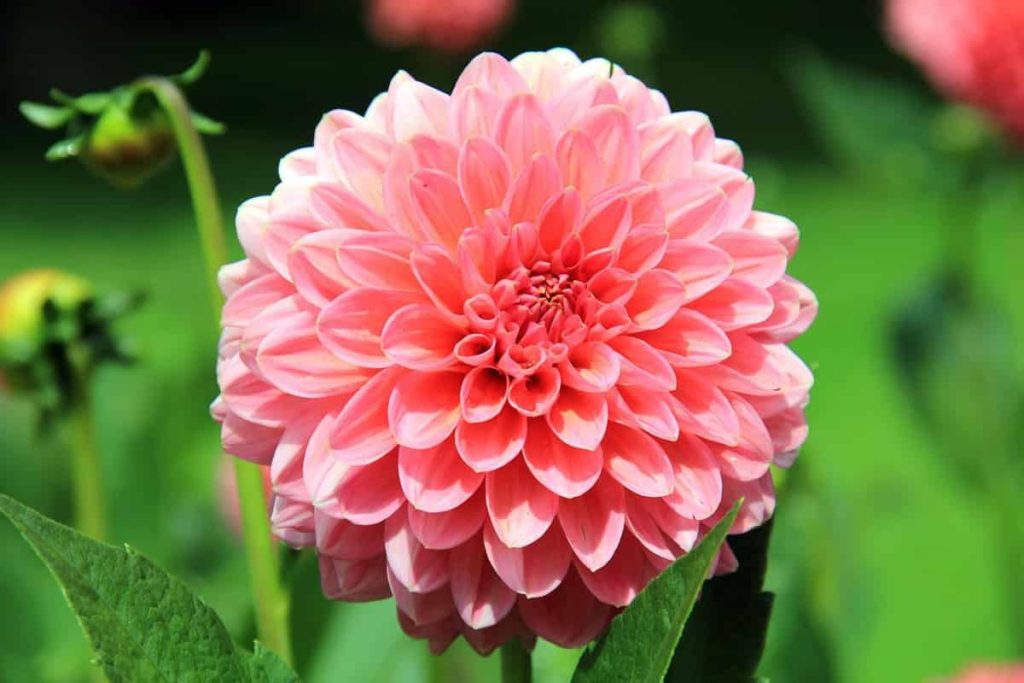
Daffodils: A daffodil in yellow is a springtime favourite. Enjoy the early spring blooms of your bulbs by planting them in the autumn. Cultivar variation allows them to bloom for as long as six months, even though they only appear once a year.
- Gardening Techniques in Planting Vegetables
- Where to Place Indoor Plants in Your Home
- How to Grow Tomatoes Organically at Home: A Comprehensive Guide
- Organic Gardening on a Budget: Low-Cost Methods and Materials
- Gongura Seed Germination and Planting Methods
- Cabbage Seed Germination and Selection
- Broccoli Seed Germination and Selection
- Asparagus Seed Germination and Variety Selection
- Seasonal Flower Gardening: Best Practices for Spring, Summer, Fall, and Winter
- How to Grow Hibiscus from Flower
- Plantation Ideas for Home Decoration: A Beginners Guide
- Flower Garden Designs and Layouts for Beginners
- Planting and Spacing Techniques in Papaya: A Beginner’s Guide
- Growing Gold: Essential Techniques for Planting Pineapples
- How to Make Kalanchoe Plant Bushy: Home Remedies and Solutions
- 11 Reasons Why Your Gardenia is Not Blooming: Home Remedies and Solutions
- Eco Elegance: The Guide to Designing a Drought-Tolerant Landscape
- Gardening on a Slope: Strategies for Hillside Landscaping
- Nourish and Flourish: Top Organic Mulches for Thriving House Plants
- Everything You Want to Know about Indian Mogra Flower: Discover Uses and Growing
- Green Thumb Success: Expert Tips for Cultivating Greenhouse Pumpkins All Year Round
- Maximize Growth & Flavor: The Ultimate Guide to Companion Planting in Herb Gardens
- How to Control Rhododendron Problems Naturally: Home Remedies and Organic Ways to Fix Them
- Natural Magic: The Remarkable Benefits of Cinnamon for Plants
- Best Steps to Revive Dying Tulip with Natural and Organic Treatment
- 10 Reasons Why Your Angel Trumpet is Not Blooming: Remedies and Treatment
- How to Fix Periwinkle Leaf and Flower-Related Problems: Natural Remedies and Solutions
- How to Fix Zinnias Leaf and Flower Problems: Discover Natural and Home Remedies
- Organic Steps to Induce Lemon Tree Flowers: A Comprehensive Guide
- Bloom Booster: Crafting the Perfect Homemade Bougainvillea Fertilizer
- Optimizing Growth: A Guide to Applying NPK Fertilizer for Potted Plants
- 10 Best Homemade Fertilizers for Rubber Plant: DIY Recipes and Application Method
- How to Boost Female Pumpkin Flowers: Effective Steps for More Flowers and High Yields
- Transform Your Indoor Garden: Top Benefits of Pink Salt for Houseplants
- 10 Best Homemade Fertilizers for Peacock Plants (Calathea): Easy DIY Guide
- Unlock Blooms: 9 Reasons Why Your Potted Chrysanthemum is Not Blooming